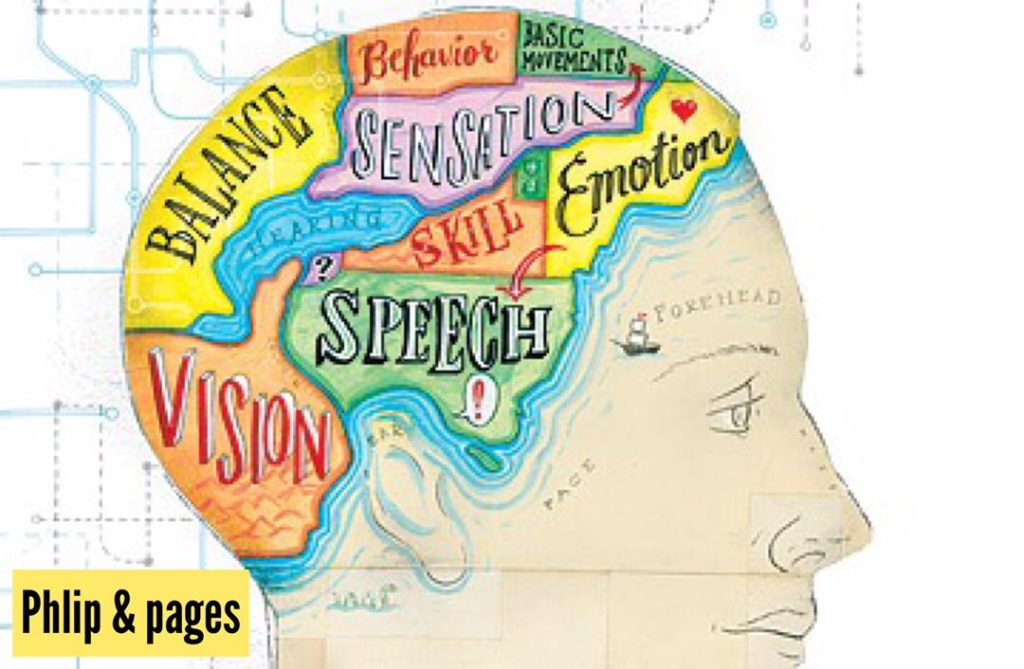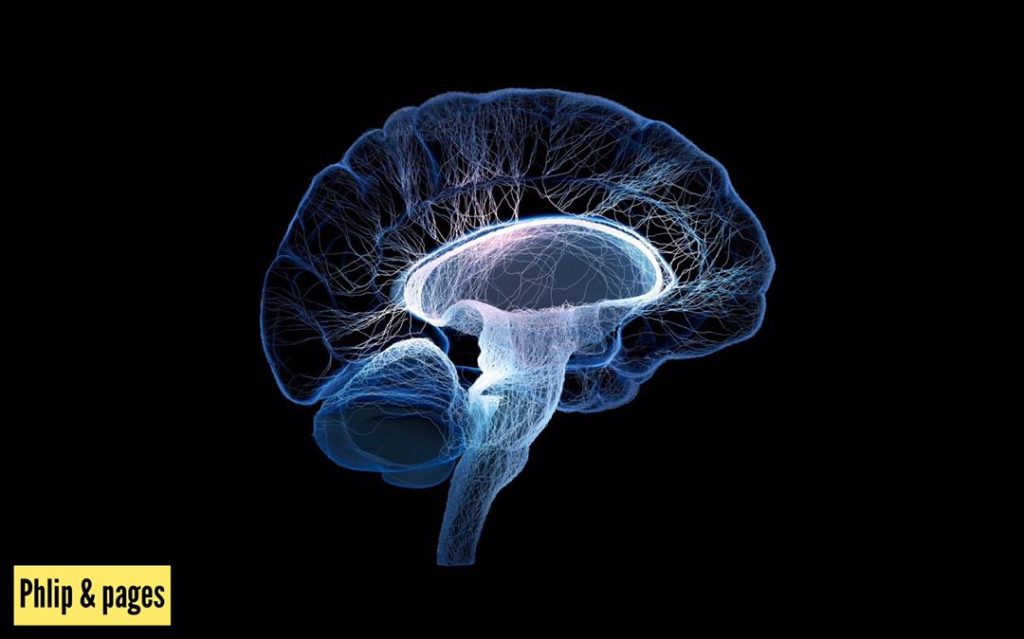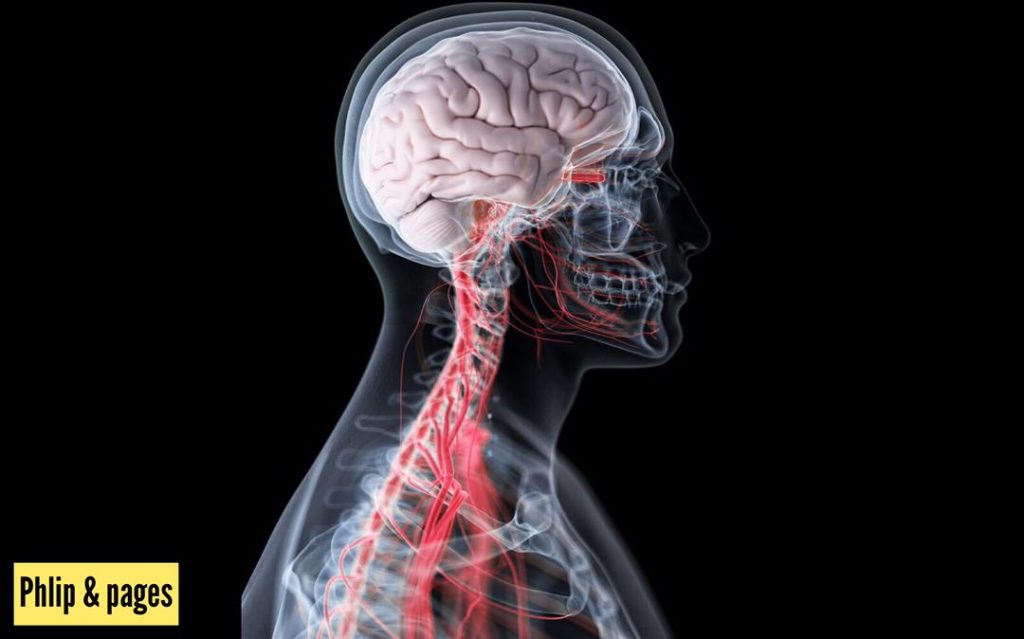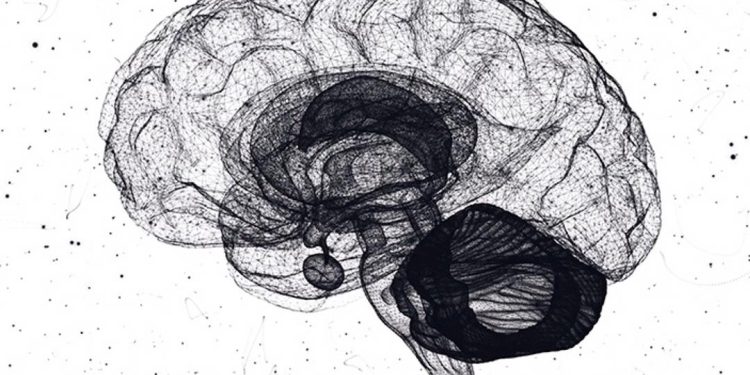Neuroscience is the scientific study of the nervous system, particularly the brain, and its role in behavior. Over the years, advancements in technology have allowed researchers to map specific brain regions and understand their functions. This article explores how neuroscience has contributed to our understanding of behavior by mapping the brain’s role.
Techniques for Mapping Brain Activity

Neuroscientists employ various techniques to study brain activity and its relationship with behavior. Some common methods include:
Functional Magnetic Resonance Imaging (fMRI)
fMRI measures changes in blood flow within different areas of the brain, providing insights into which regions are active during specific tasks or behaviors. It helps identify functional networks involved in processes like perception, emotion regulation, decision-making, and language.
Electroencephalography (EEG)
EEG records electrical activity generated by neural firing across different regions of the scalp. By analyzing patterns of electrical signals over time, EEG provides valuable information about cognitive processes such as attention, sleep stages,and event-related responses.
Transcranial Magnetic Stimulation (TMS)
TMS involves applying magnetic fields to specific regions of a person’s scalp to temporarily disrupt or enhance neural activity.This technique allows researchers to investigate causal relationships between certain brain areas and behaviors.It can help determine whether activation or inhibition of a particular region influences specific cognitive or motor functions.
Mapping Specific Brain Functions

Through extensive research using these techniques,the neuroscience community has made significant progress in mapping specific functions within the brain.Here are some notable findings:
Sensory Processing
Different sensory modalities such as vision,audition,taste,and touch are associated with distinct cortical areas.Researchers have identified specialized regions dedicated to processing each modality.For example,the primary visual cortex at the back of the brain processes visual information while auditory processing occurs in the primary auditory cortex located in the temporal lobes.
Motor Control
The primary motor cortex,located in the frontal lobes,is responsible for planning and executing voluntary movements.Lesions or stimulation in this area can lead to motor impairments.Researchers have also identified supplementary motor areas involved in coordinating complex movements and premotor areas linked to movement preparation.
Language Processing
Language processing involves various brain regions.Wernicke’s area,in the temporal lobe, is associated with language comprehension while Broca’s area,in the frontal lobe,plays a crucial role in speech production.Other regions like the angular gyrus are involved in reading and writing abilities.
Emotion and Reward
Emotional experiences involve several structures including the amygdala,which plays a central role in processing emotions such as fear.The prefrontal cortex regulates emotional responses and decision-making processes.Reward-related activities are associated with structures like the nucleus accumbens and ventral tegmental area which play key roles in motivation and experiencing pleasure.
Conclusion

Neuroscience has significantly contributed to our understanding of behavior by mapping the brain’s role. Techniques like fMRI, EEG,and TMS allow researchers to study brain activity during specific tasks or behaviors. Through these studies, we have gained insights into sensory processing,motor control,language processing,and emotion/reward systems within the brain. Continued research using advanced technologies will further enhance our knowledge of how neural circuits underlie complex human behaviors
















